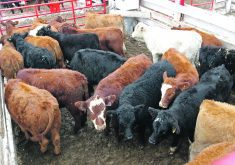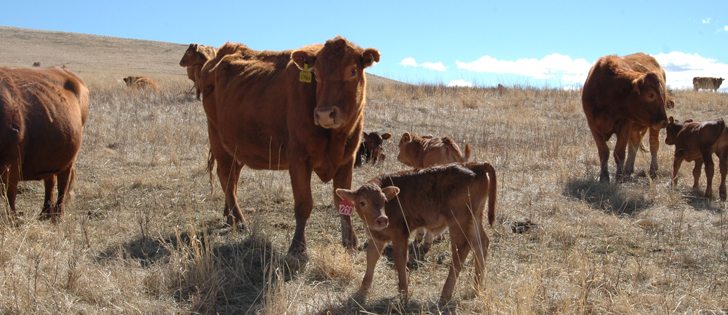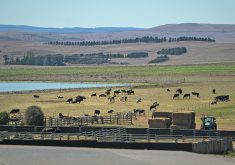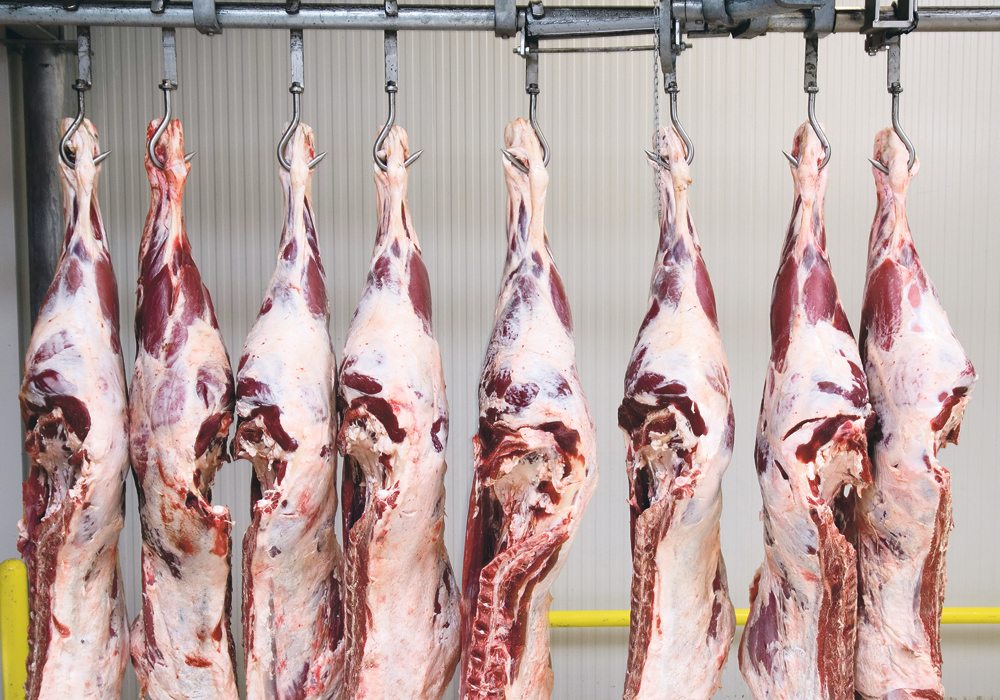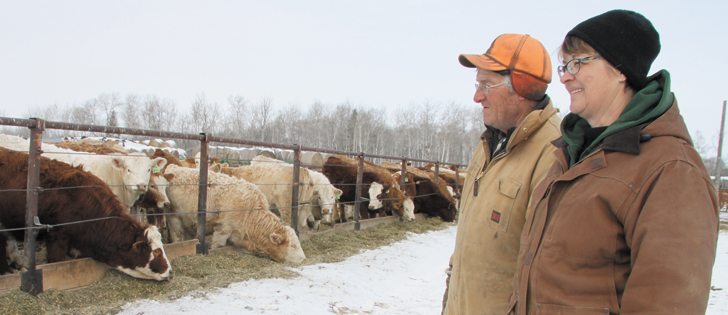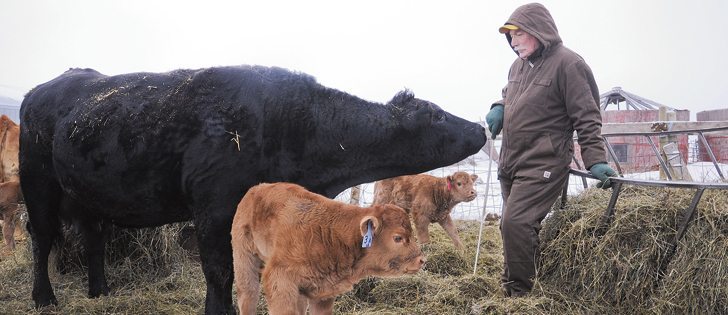Brazil slaughters more than 40 million cattle per year, but carcass weights are below North America’s
STRATHMORE, Alta. — Brazil could expand its behemoth beef industry if its cow herd was more productive.
“We are big but we are not efficient,” said Flavio Santos, an animal nutritionist at Sao Paulo University in Brazil who recently met with Canadian beef producers in Strathmore and described the new grazing concepts that are being introduced to Brazilian ranchers.
More pressure has been placed on livestock producers in the last 10 years to become more efficient.
Pastures are being lost to increased soybean and corn production and no new grassland is opening up, he told members of the Foothills Forage and Grazing Association during a Jan. 23 meeting.
Read Also

Pakistan reopens its doors to Canadian canola
Pakistan reopens its doors to Canadian canola after a three-year hiatus.
New research and technology could help Brazil increase beef production by more than 60 percent with the same size cow herd and land base.
Brazil slaughters 43 million head a year, which produces 10.3 million tonnes of beef. About eight million tonnes are consumed domestically, and the rest is exported to 40 countries. The exports are worth $1.4 billion a year to the Brazilian economy.
The average carcass weight is slightly more than 500 pounds, compared to North American carcasses that average 800 lb.
Cattle are typically slaughtered when they are 36 months old. Most are finished on grass and gain 1.3 to 1.8 lb. per day. Farmer-owned feedlots handle 4.7 million head.
The herd is mostly Nelore-type cattle, known as bos indicus, as opposed to the bos taurus type seen in Canada. These have a large hump on the shoulders and floppy ears. They are adapted to tropical climates but do not gain well.
There is a trend toward crossing Angus with Nelore to add more pounds of beef to the finished weight. In 2013, 7.5 million doses of semen were used to develop heavier slaughter weights.
Climate affects beef and forage production.
“You have to play with the conditions you have,” said Santos.
Brazil’s warm rainy season lasts about six months and produces 1,200 to 1,600 millimetres of precipitation.
The grass grows fast and tall but dries out during the dry season, which leaves plenty of stems and dead material. It does not stockpile well, and crude protein levels drop to five percent from 12. Stock rates are reduced at this time, and the cattle often lose weight. Calving rates are not as good as they should be because cow fertility suffers under these conditions.
It has been difficult to convince traditional farmers to fertilize or try rotational grazing, but more are starting to consider mineral and protein supplements. They are also being encouraged to use more nitrogen fertilizer to rebuild crude protein in the grass.
Adding livestock to grain rotations is another new concept.
The land is seeded to grass for three years after a grain harvest and cattle graze it. This also adds organic matter to the sandy soil.
Other producers are starting to develop rotational grazing systems with high stocking levels on the rapidly growing tropical grasses.
Forage can grow uncontrolled to a metre high, but the nutritional value is not as high at that point.
Producers are encouraged to turn large numbers of cattle out when the grass is 25 centimetres high. The animals are allowed to graze the top 10 centimetres and are then moved to the next paddock.
Cattle want the fresh green leaves and will work to avoid taking the stems that have more fibre and less protein.
It is less efficient if cattle are turned onto grass that is 35 cm tall and graze off 20 cm. They gain less and have to work harder to find the more palatable leaves.
Another idea is to offer mineral and grain supplements to foraging cattle for maintenance and growth.
They also need protein such as soybean meal. Protein supplements feed the rumen microbes so they can digest forage more efficiently.
Researchers who observe cattle behaviour have learned that cattle will eat more grain like corn, milo or sorghum during the dry season when the grass is less palatable and nutritious.
Farmers can increase stocking rates and improve weight gain as more energy is provided.
However, cattle prices in Brazil are high at the moment, which provides less incentive to widely adopt these concepts.
“Conditions are so good you can still be inefficient and still make money,” Santos said.
Contact barbara.duckworth@producer.com



